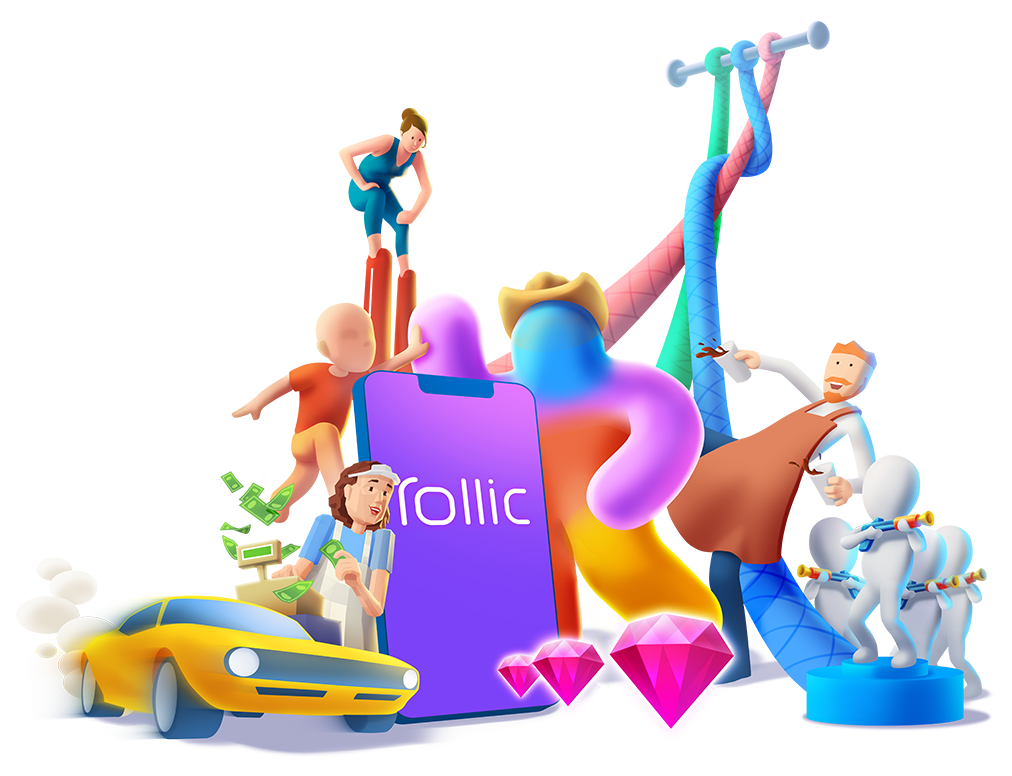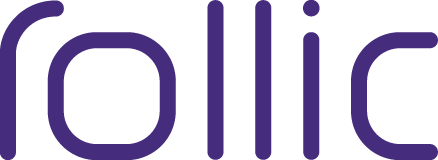
Evolving technology is transforming consumer behavior and, in the gaming business, you need to adapt to ensure that you stay relevant in the ‘new normal’. Privacy changes in the last few years have also required teams to pivot their marketing to further respect customer preferences.
So, how can you protect future revenue and continue to scale in such a challenging environment?
Adopting a test-and-learn approach to ad campaigns can support your business to grow faster than those who don’t. In this evolving advertising landscape, teams need to establish a clear test-and-learn pathway and adopt a fresh approach to gaming marketing to ensure continued innovation and growth.
With this in mind, Facebook Gaming spoke with Nihat Albayrak, VP of Revenue Operations at Rollic, a leading player in the hypercasual genre. Experimentation is key to their continued success, and the business recently hit two billion lifetime downloads worldwide across their portfolio of games.
Rollic is a subsidiary of Zynga, which in turn is owned by Take-Two interactive. To date, the company has released 20 games that have reached the #1 or #2 spots in the U.S. Apple App Store. In 2022, 15 titles in the company’s portfolio have made it into the top ten most downloaded charts, including Fill The Fridge!, Text or Die and Crowd Evolution!.
[Meta]: What sets Rollic apart from other hypercasual publishers in these challenging and ever-changing times?
Nihat: It’s been an interesting few years for everyone. The pandemic lockdowns brought with them a change in consumer behavior and we think our games were able to provide some level of escapism. We focused on developing a high volume of games across various subgenres and tested these with small budgets to see if we were able to scale. Being open to develop new types of games and monitoring key metrics before scaling them helped us develop some record breaking titles. As a culture, we have always had an experimentation DNA and inbuilt agility that helped us move quickly, test, learn and move on to the next hypothesis.
“Testing and innovating is core to our company culture. We empower all our teams to be
entrepreneurial and push boundaries to stay ahead of the curve.” – Nihat
[Meta]: You also had to navigate the changes in privacy within the digital advertising ecosystem that impacted standard UA operations and your ability to measure performance effectively. How did you change your acquisition strategy during this time?
Nihat: Privacy changes are here to stay and we realized early on that embracing these changes and experimenting was the only way we would uncover what worked for us. We had to think outside of the box to be able to grow and for this we empowered our user acquisition teams to test different strategies to see what might work as quickly as possible. Some strategies worked, some didn’t. But we knew that unless we tried, we wouldn’t know if they would be successful.
We focused on diversifying our optimization mix to balance scale and efficiency, test different
creative concepts to appeal to a wider audience, leverage automation to grow at our scale and
finally lean on new measurement approaches to truly understand the marketing channels that work for us.

[Meta]: Can you shed some light on your approach to balancing scale with efficiency?
Nihat: We focused on diversifying our optimization strategy as our business continued to grow. We needed to drive volume by continuing to focus on cost efficient installs while testing Value Optimization and App Custom Event Optimization as potential levers to help us find higher quality users. Post ATT, this meant we leaned into quick testing on Android before scaling out strategies to iOS. This diversified approach allowed us to expand our reach to audiences on a broad value spectrum and we saw ROAS improvements of up to 40% through these new optimizations.
The hypercasual businesses operate with a large number of apps so finding ways to automate parts of our operations, allowed us to focus on some of the more strategic decisions. Automated products such as Advantage+ App Campaigns have helped us drive further efficiencies and scale by leveraging machine learning models to support campaign performance, which has helped improve performance by 30% across our titles. This is a big focus for us over the next few months to power our business forward as additional reporting functionality becomes available on Advantage+ App Campaigns.
[Meta]: We know that with the changes in the ecosystem, measurement has been challenging across digital advertisers. How do you approach the changes posed by the privacy evolution?
Nihat: Measurement has been a very important topic for us internally, especially post ATT with limitations and delays in signals making it more challenging to optimize campaigns successfully. iOS has always been a big part of our businesses with strong monetization so we adopted the SKAdNetwork framework. While the data received through SKAN was limited, we adapted our reporting windows to revise how we looked at performance. Consolidating similar markets together to keep within the campaign limitations was another change for us and more recently we have kickstarted testing with different conversion schema buckets to drive better performance.
This is a tedious but critical process as we need to allow sufficient time for performance data to understand if it should be scaled. Early results have shown a positive correlation, especially on value campaigns of up to 30% improvement of ROAS when we changed conversion schemas to cover a broader range of value buckets. Reduced cooling periods on conversion schema changes have also helped us move much quicker on this without impacting existing campaigns.
[Meta]: Lastly, you mentioned that creative testing forms a big part of your operational rigor. What are some of the ways you have had to adapt this strategy over time?
Nihat: With the changes across ATT, we realized that creative was a big lever for us that could help unlock incremental delivery and performance. So we continued to focus on expanding our creative concepts and tested 100s of creatives per game in order to see what resonates the best with our audiences. One of the core focuses of our creative team is to lean into the latest trends and generate concepts which are likely to engage younger audiences who our games appeal to. Testing short form videos, music, emojis along with gameplay have all helped us grow our reach on emerging placements like reels by 25% in H2 vs H1 2022.
The journey doesn’t end here, we know consumer behavior is always changing and so is the digital marketing ecosystem as we know it today. We will continue to maintain a culture of testing at Rollic to fuel our growth for the future.

 GameDaily.biz © 2025 | All Rights Reserved.
GameDaily.biz © 2025 | All Rights Reserved.